How to Make Swag that Doesn't Suck
Part art, part science
Swag is so back, baby.
Last weekend, New Yorkers lined up for blocks to cop a free hat embroidered with a single word, thinking, courtesy of Anthropic AI (and AirMail, the bourgeoisie newsletter dreamt up by former Vanity Fair editor Graydon Carter).
Meanwhile, Anthropic’s arch-rival OpenAI mailed their power users minimalist plaques.
And on the back of a billion-dollar fundraise, Base Power distributed real (fake) newspapers around Austin. (Print media is always extremely chic, IMO.)
But anyone with a corporate job has an overstuffed Container Store bin full of swag. Between my former in-house jobs and my current clients, I have untold sweatshirts and T-shirts and baseball caps and backpacks and beanies and pens and notebooks and chargers and PopSockets and Keep Cups and Yeti tumblers and blue light glasses and stickers and even an Eno hammock emblazoned with Peely, Fortnite’s anthropomorphic banana character.
Not all swag is created equal. So what separates the good from the Goodwill pile?
What is the point of swag?
Let’s back up for a second. Why distribute swag at all?
Swag can serve two purposes:
1. Foster community
This swag is designed for the insiders (often employees). It doesn’t matter if anyone else “gets it,” and in fact can be better if most others don’t. The vibe here is if you know, you know—and if you don’t, you don’t, and the goal is to strengthen the bonds of your existing in-group.
Often the logos on this kind of swag are small and may not include the wordmark. Another example: the not-so-secret society at my college distributed black sweatshirts with a black insignia to lean into their mystique.
2. Create virality
Other swag is intended to be seen and displayed by outsiders. The swag from OpenAI falls into this camp. The point is to amplify the brand, often through photos or other social media, so the logo is front and center. The goal is ultimately to bring more people (users, talent, whomever) from your out-group into the fold.
Some swag is only intended to do one or the other (most employee swag falls into this camp), though often good swag will straddle the line. The Anthropic event is an example of this. There’s an IYKYK quality to the hats because the brand isn’t super frontal, but the Claude brand was front and center at the overall event where the hats were distributed—and as with any pop-up, part of the goal was clearly social media virality.
The lesson: Know what your goal is and design with that audience in mind.
How do you make good swag?
Okay, so how do you make swag that doesn’t suck?
1. Quality
Don’t skimp on quality. This seems obvious, but the nice stuff is often meaningfully more expensive. It immediately becomes tempting to cut corners here. Don’t.
The Anthropic hats look nicely embroidered; the OpenAI plaques have heft, like an award; the Base newspapers emulates a real paper. Don’t go for the nylon hats or that sweatshirt that feels like sandpaper. And I really, really don’t want your shitty pen.
The value of swag is that people will continually use it over time, reconnecting with your brand (and pulling more people into it) every time they do. If they never actually use it, you might as well not have bought it at all.
2. Useful, Meaningful, or Cool
Good swag should either be useful, meaning people will actually employ it in their daily lives (e.g. a cozy sweatshirt or a good charging brick); have some kind of existing meaning (e.g. YouTube’s awards for subscriber milestones or, like, your employees call themselves space cadets and everyone gets a model spaceship on their first anniversary); or cool enough that people won’t throw it out even though it’s not useful or meaningful.
Very few things meet that threshold of cool, so you should probably shoot for useful or meaningful. And don’t underestimate useful! Yes, there are a thousand company notebooks, but people use them—they actually pull them out and use them, reinforcing their connection to your brand.
3. Timely
Good swag acquires meaning over time. It creates (say it with me, kids) LORE. Sometimes this happens accidentally, like you go through a big rebrand and all the sudden your old swag becomes, effectively, limited edition. But you can also manufacture this by intentionally creating swag that commemorates specific events.
This might be a T-shirt from an iconic recruiting event, as with the Stripe Capture the Flag event shirt below. (CTF was a tactic Stripe employed early on to find high-caliber engineers by having them root out security vulnerabilities on fake web apps.)
Or these masks we made at Palantir to commemorate our public listing, in what I hope is the first and last time a face mask is, in fact, timely and appropriate company swag.
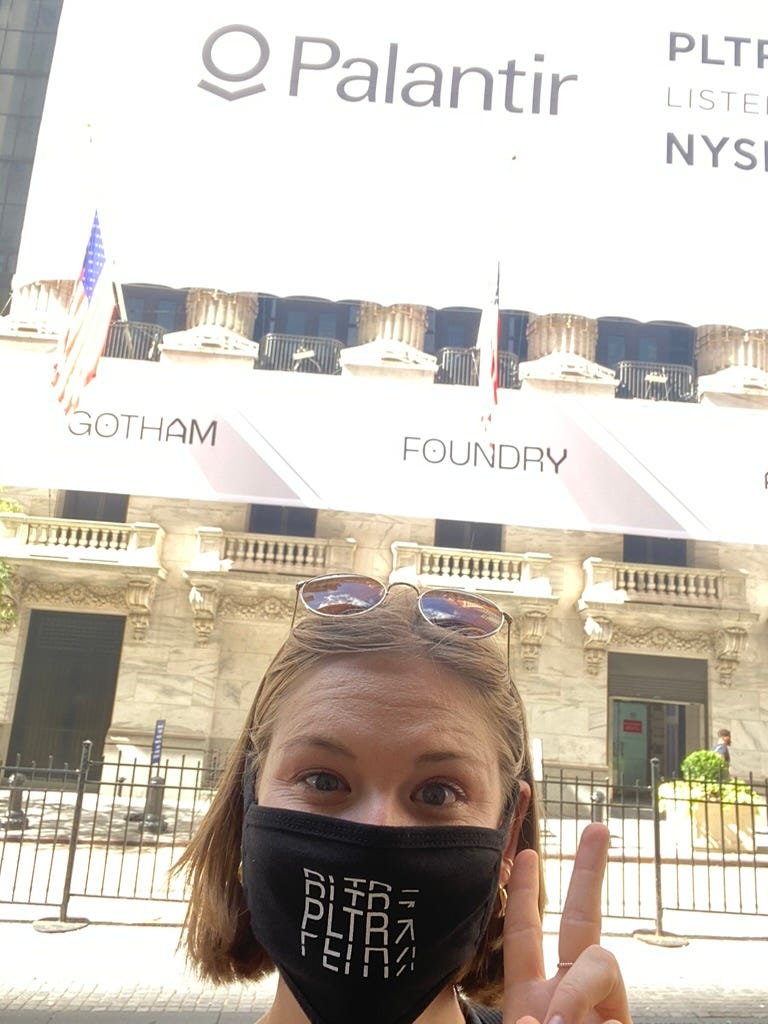
Other easy ways to do this are celebrating product launches or creating swag for a specific year.
4. Has Viral Potential
Things that are viral might be uniquely cool (again, a hard bar); rare (people want to show off that they got the thing); or fun/funny (we are but humble servants to the Instagram algo). Notably, they don’t have to be viral on public social media; your swag might be successful if, say, other employees start conversations with them about it.
The lesson: Don’t skimp on quality or meaning.
In the end, good swag is lore made tangible. It provides your people—employees, customers, partners—with physical talismans of community. Don’t make a crappy talisman. Splurge on the good stuff, and reap the rewards of a stronger, bigger in-group over time.



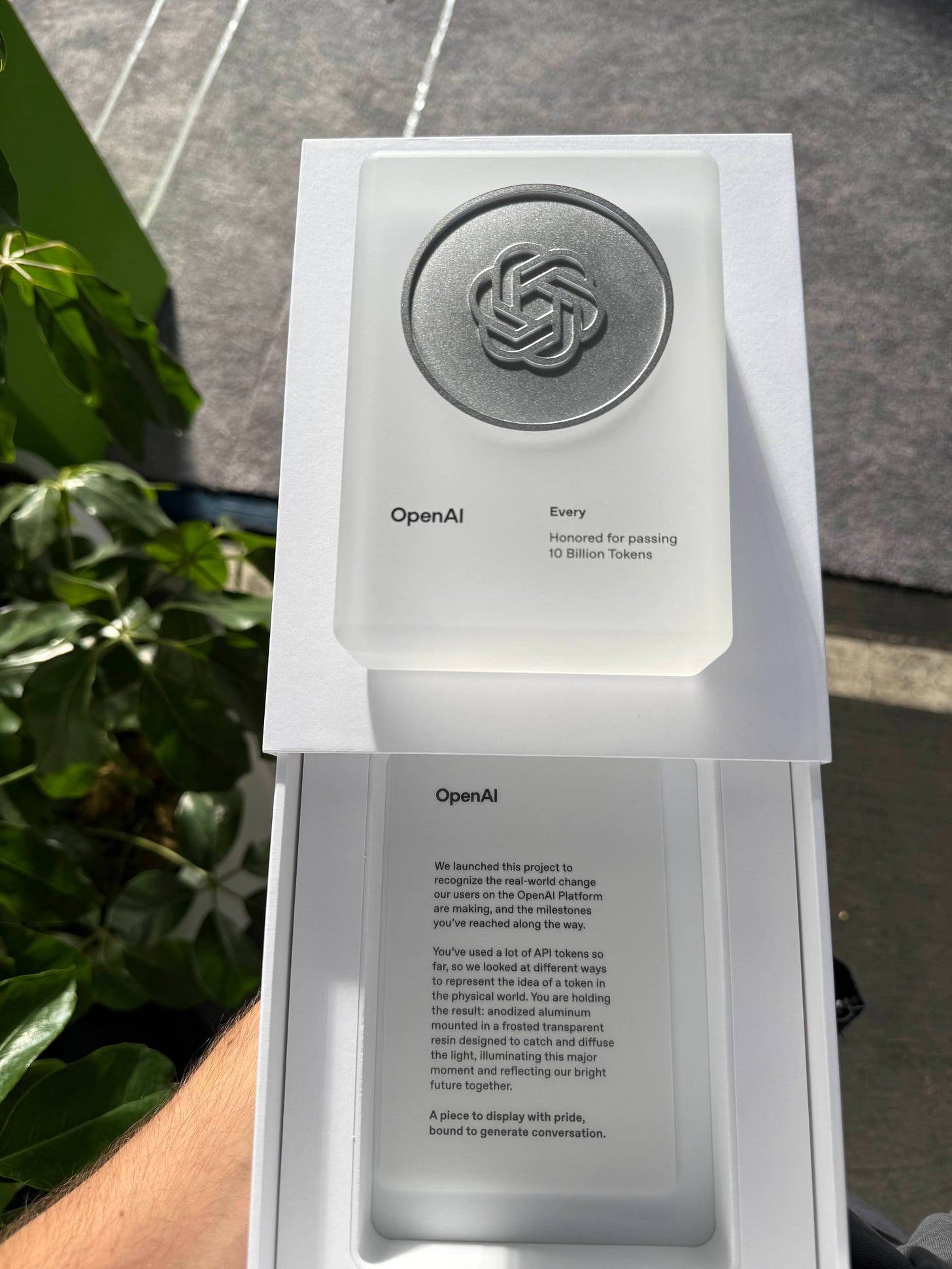
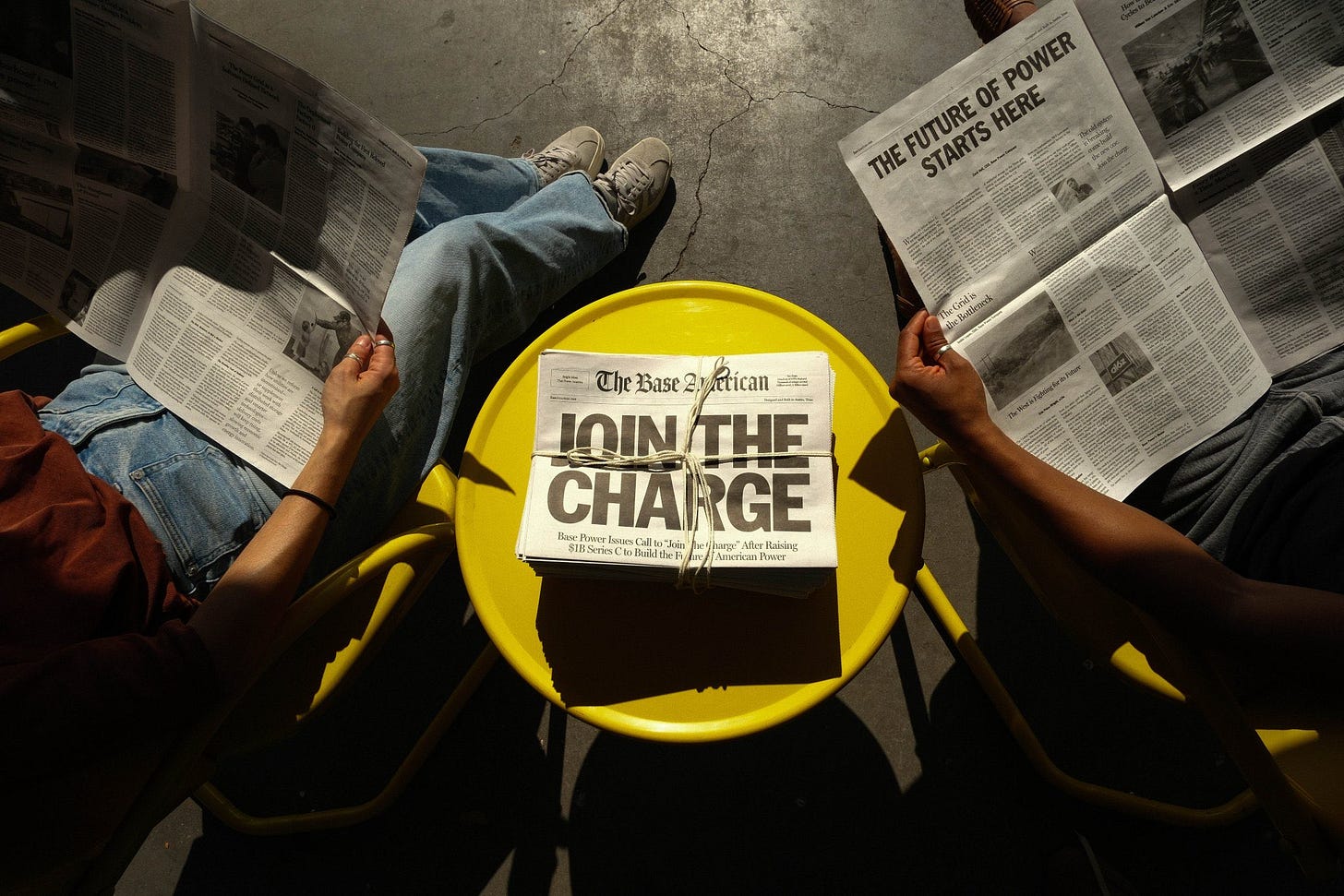
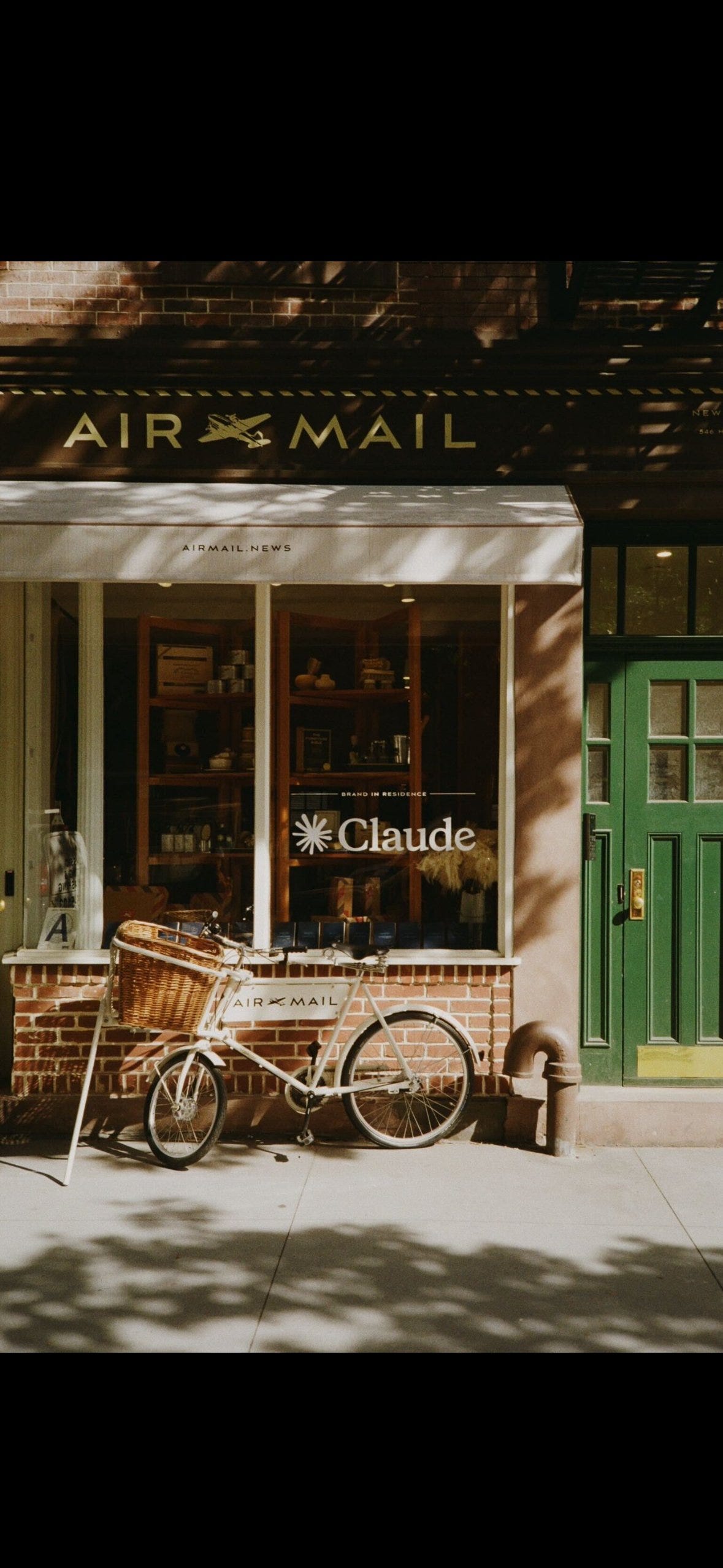
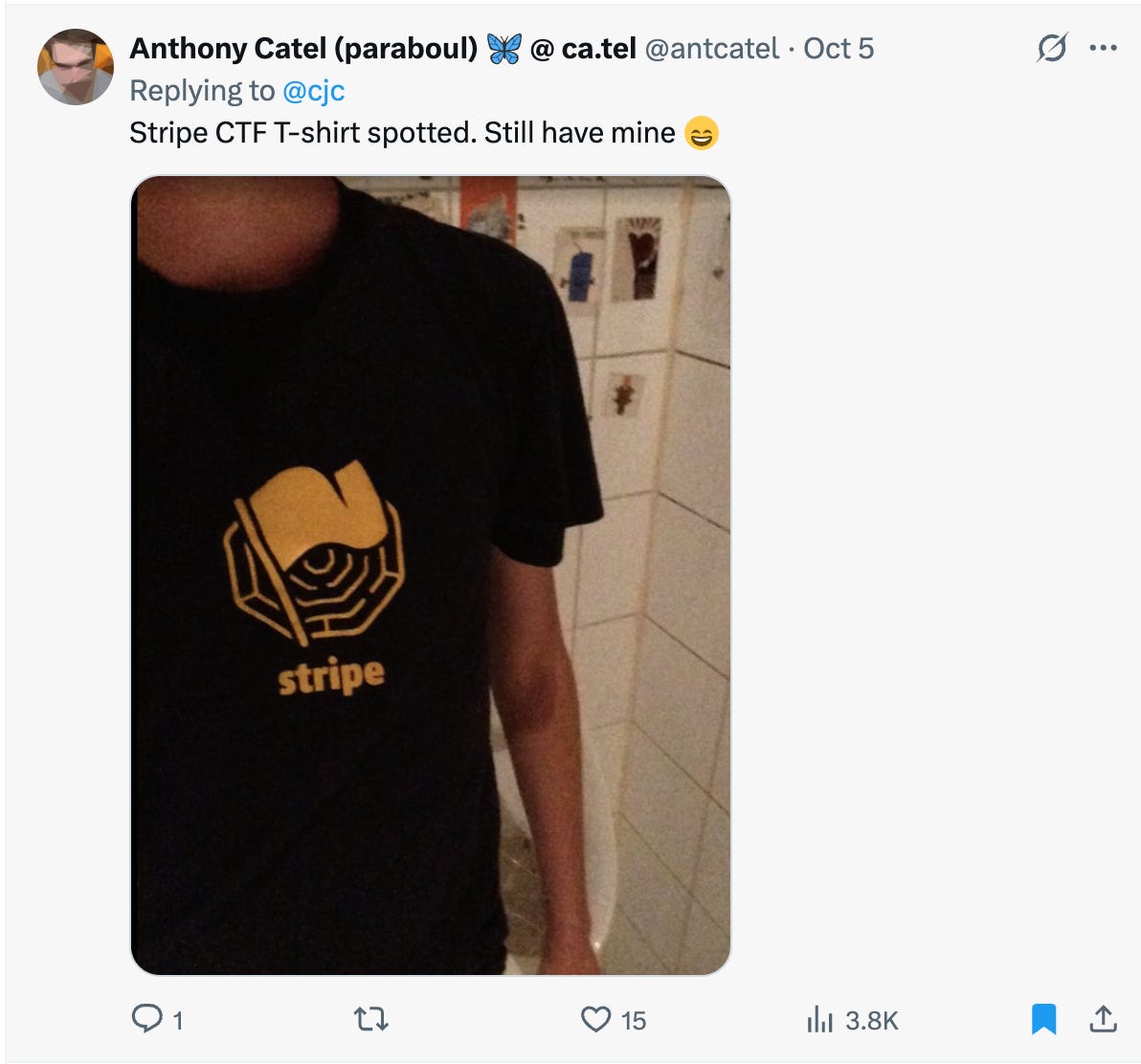
This rocks, I just shared with a client of mine thinking about merch/swag. consultants helping consultants!
Good swag is super hard to get right — and I say that as someone who generally doesn’t wear anything branded. Two success stories: I own a hat from my favorite local coffee shop, and every time I wear it, no matter where I am, someone gushes about how much they love Keeper. It feels like a sweet way to connect with strangers. The other is something I designed for my previous employer, a K-8 school, also a face mask, also during the early days of the pandemic. What was special was that they were kid-size masks, when those were hard to find, and we collaborated with a very cool local, women-owned company who made them out of scrap fabric to reduce waste. That company has a sexy reputation locally, which helped the mask appeal within the school community (who valued that sort of thing).